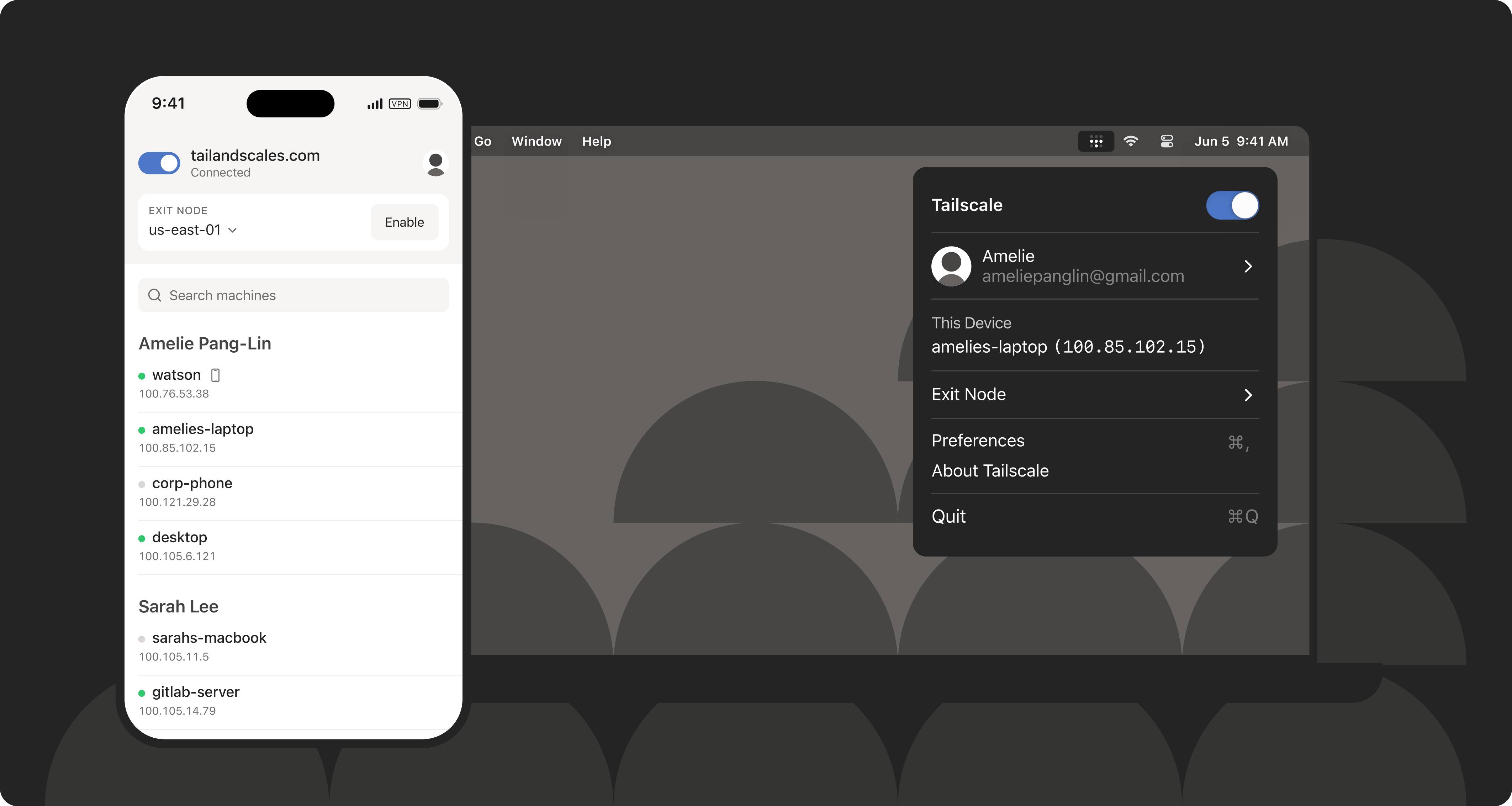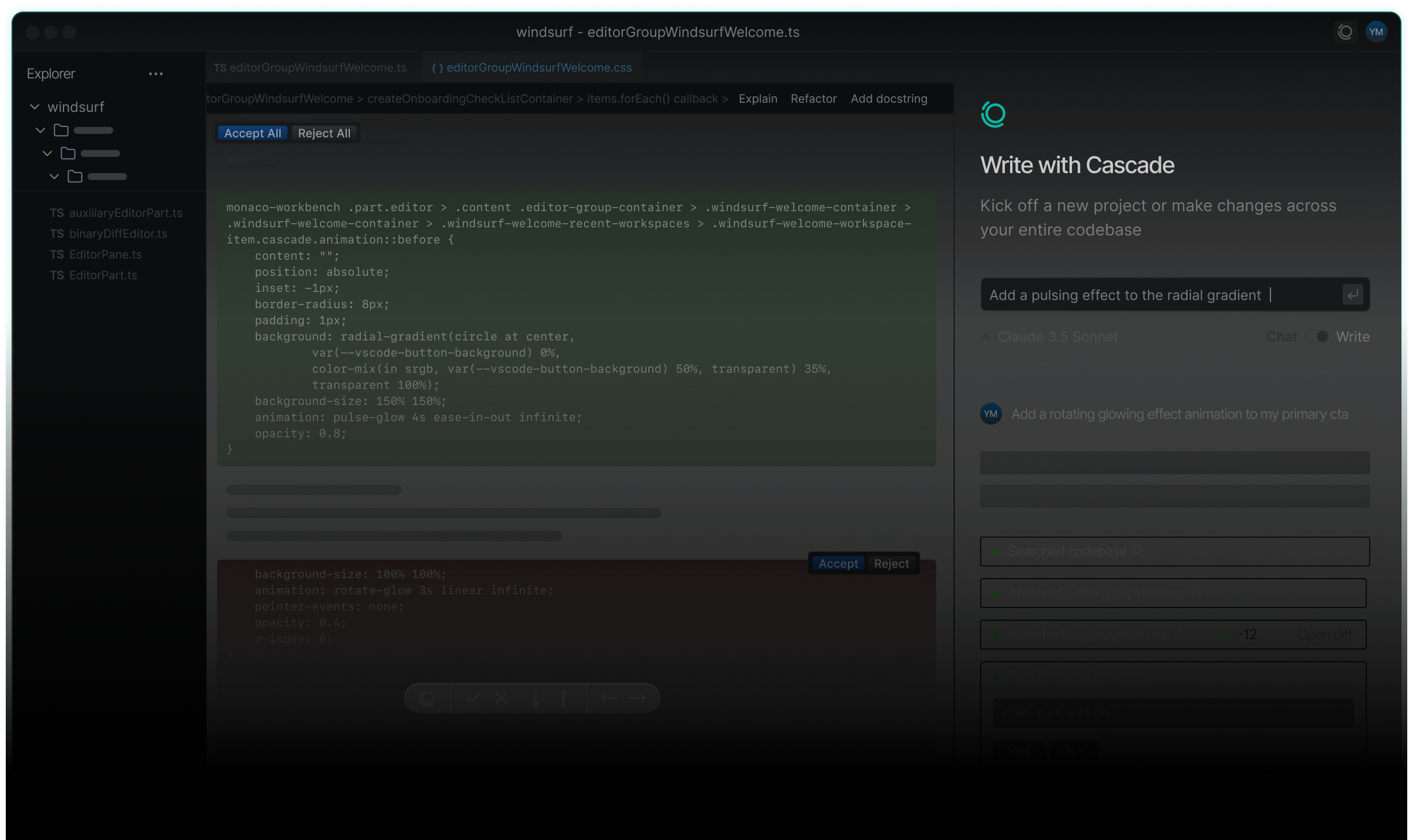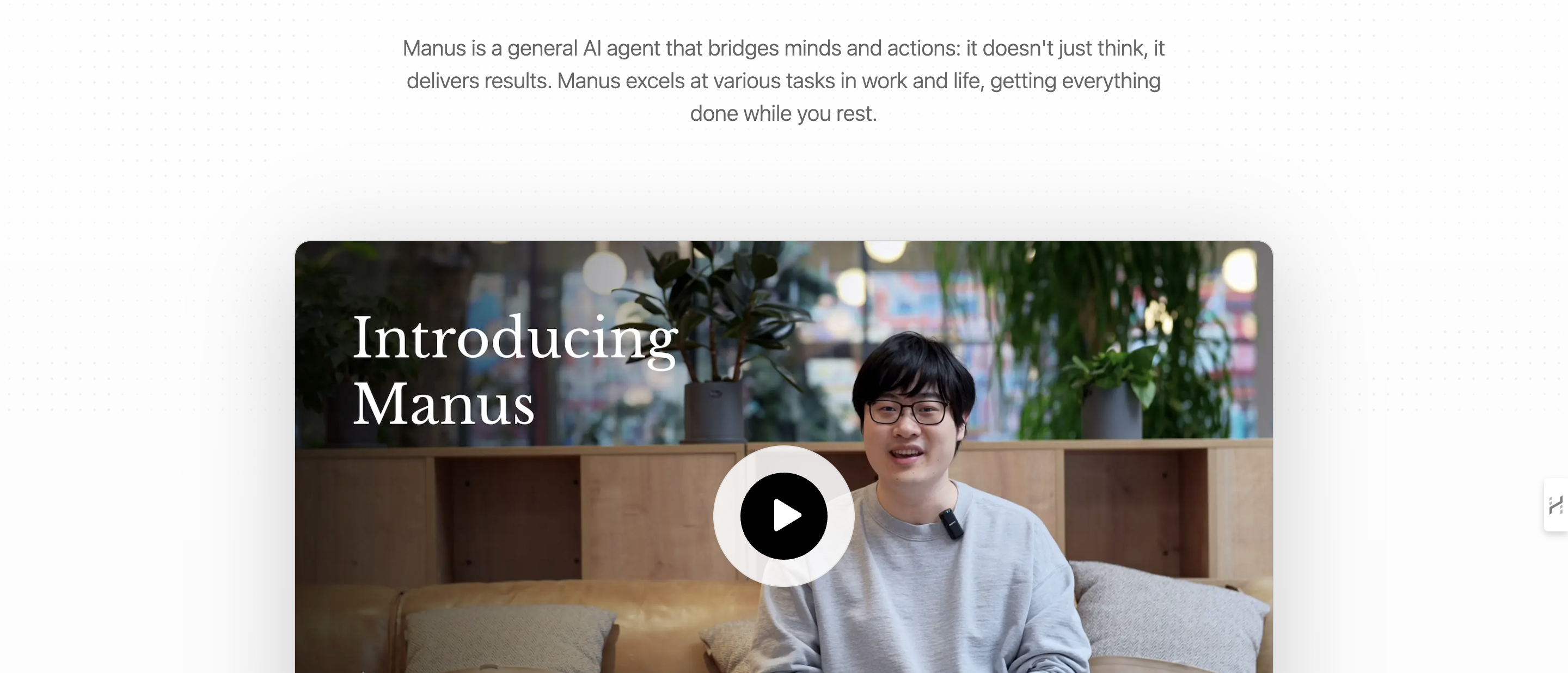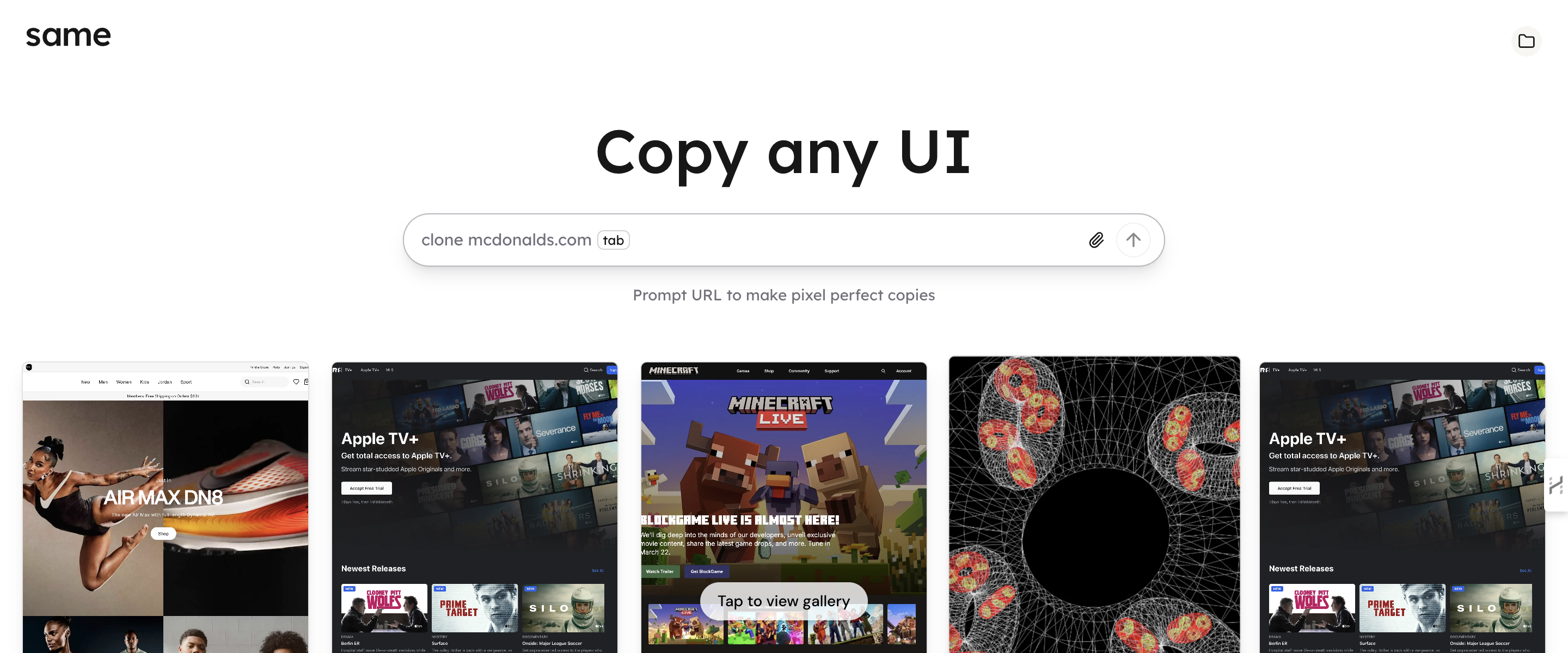· Learning Methods · 4 min read
Deep Reading Methodology: How to Enhance Article Comprehension and Retention
A systematic deep reading method to help you better understand and remember article content, including concept mapping, core question thinking, scenario application, and multiple other dimensions.
Introduction
In the era of information explosion, effectively reading and internalizing knowledge has become increasingly important. This article introduces a systematic deep reading method to help you improve reading effectiveness and learning efficiency.
Five Dimensions of Deep Reading
1. Concept Mapping Construction
Concept mapping is a fundamental tool for deep reading that helps us:
- Identify the core arguments and key concepts of an article
- Clarify hierarchical relationships and logical connections between concepts
- Establish systematic cognition of knowledge
- Form a visual knowledge framework
Knowledge Map Visualization
2. Core Question Thinking
Guide deep thinking through progressively designed questions:
Question 1: How to extract the core viewpoints of an article?
Tags: information extraction, key information, thematic analysis
Question 2: How to connect new knowledge with existing cognition?
Tags: knowledge integration, cognitive updating, knowledge transfer
Question 3: How to evaluate the reliability of article viewpoints?
Tags: critical thinking, argument analysis, evidence evaluation
3. Scenario Application Design
Scenario 1: Professional Literature Reading Tasks:
- Build a literature review framework
- Extract key research methodology points
- Analyze the significance of research conclusions
- Consider research innovations and limitations
Scenario 2: Work Report Analysis Tasks:
- Identify key problem points
- Evaluate solution feasibility
- Propose specific improvement suggestions
- Design implementation plans
4. Testing and Evaluation
Carefully designed test questions can help:
- Verify level of understanding
- Discover knowledge blind spots
- Reinforce important concepts
5. Metacognitive Reflection
Promote deep learning through the following questions:
- What new insights has this article brought me?
- Which viewpoints do I have reservations about? Why?
- How can I apply this knowledge to practical work?
Practical Suggestions
- Progressive Approach
- First build a basic cognitive framework
- Gradually delve into core concepts
- Engage in multi-dimensional thinking
- Finally apply comprehensively
- Multi-perspective Thinking
- Theoretical level understanding
- Practical level application
- Innovative level expansion
- Continuous Iteration
- Regular review and summary
- Constant adjustment of learning methods
- Establish knowledge update mechanisms
Conclusion
Deep reading is not just a learning method, but also the cultivation of a thinking habit. Through systematic methods and continuous practice, we can better understand and apply the knowledge learned, achieving continuous improvement of personal abilities.
Extended Resources
- “How to Read a Book” - Mortimer J. Adler
- “A Mind for Numbers” - Barbara Oakley
- “Mind Maps” - Tony Buzan
Role: I'd like you to act as a deep reading coach. I've just finished reading an article and need your help to deepen my understanding and memory.
Task:
1. Generate a concept map of the article, including:
- Core arguments and key concepts
- Hierarchical relationships and connections between concepts
- Present in a visual way (such as mind map format)
2. Pose 3 core questions for me to answer, with requirements:
- Focus on the main arguments and key concepts of the article
- Prompt me to think deeply about the core information of the article
- Guide me to connect article content with practical applications
- Include questions of increasing difficulty, from basic understanding to critical thinking
3. Design 2 application scenario exercises:
- Create practical application or problem-solving scenarios based on article content
- Require me to use the core concepts of the article to propose solutions
4. Based on article content, design 5 multiple-choice questions, each with 4 options:
- Cover different aspects of the article
- Include questions requiring reasoning or comprehensive understanding
- Design options with discrimination, avoiding overly obvious incorrect options
5. Provide metacognitive reflection questions:
- How has this article changed my existing cognition?
- What questions or uncertainties do I still have about the article content?
- Based on this article, in which directions can I continue to explore?
6. Output directly, without needing introductory or concluding guidance.
Format:
# Core Thinking
Question 1: **[Question 1]**
#keyword1 #keyword2 #keyword3
> [Original quote]
Question 2: **[Question 2]**
#keyword1 #keyword2 #keyword3
> [Original quote]
Question 3: **[Question 3]**
#keyword1 #keyword2 #keyword3
> [Original quote]
# Application & Transfer
**Scenario 1: [Application scenario description]**
Task: [Detailed task requirements]
**Scenario 2: [Application scenario description]**
Task: [Detailed task requirements]
# Metacognitive Reflection
1. **Cognitive Shift**: [Guiding question]
2. **Unresolved Questions**: [Guiding question]
3. **Exploration Directions**: [Guiding question]
# Test Review
**[Multiple choice question 1]**
A. [Option content]
B. [Option content]
C. [Option content]
D. [Option content]
[Remaining multiple choice questions]
## Answers
[Answers and explanations]
# Article Concept Map
[Concept map content]
Article content as follows:
<content>{{content}}</content>
This article is an introductory guide to deep reading methodology. Feel free to share your reading insights and practical experiences in the comments section.



